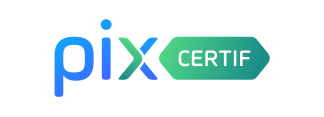
Ce espace-cours est dédié à l'organisation des session de certification PIX.
Seuls les étudiants concernés peuvent accéder à cet espace cours.
Seuls les étudiants concernés peuvent accéder à cet espace cours.
- Enseignant: Mathieu Ben
- Enseignant: Jean-Francois Jamoteau
- Enseignant: Fabienne Moreau

- Enseignant: Mathieu Ben
- Enseignant: Jean-Francois Jamoteau
- Enseignant: Fabienne Moreau